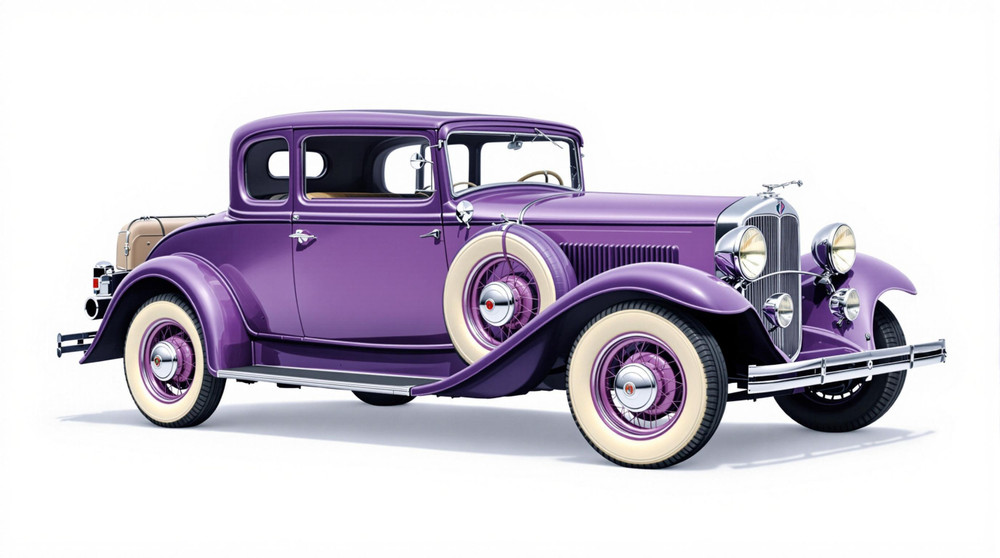Image of 1930 Auburn Model 125, Note: These illustrations use artistic license and may differ from actual historical models.
Performance Metrics
Fundamental Metrics
Emotional Appeal
MMP Rating
| Engine Specifications | |
|---|---|
| Engine: | Straight-8 |
| Displacement: | 4.9L |
| Horsepower: | Estimated 125 HP |
| Torque: | Information not available |
| Compression Ratio: | Information not available |
| Ignition System: | Distributor and coil |
| Cooling System: | Water-cooled |
| Performance Specifications | |
| 0-60 Time: | Information not available |
| 1/4 Mile Time: | Information not available |
| Top Speed: | 100 mph |
| Transmission and Drive | |
| Drive Type: | Rear-wheel drive |
| Transmission Type: | 3-speed manual |
| Fuel and Efficiency | |
| Fuel System Type: | Carburetor |
| MPG: | Information not available |
| Dimensions and Brakes | |
| Brakes: | Mechanical drum brakes |
| Wheelbase: | 130 inches |
| Weight: | Estimated 3,500 lbs |
Note: Specifications for classic cars are given to the best of our ability, considering the limited and variant data available.
Introduction
Step back into the Roaring Twenties and you'll find the 1930 Auburn Model 125 sitting at the pinnacle of automotive elegance and engineering prowess. Born from the ambitious Auburn Automobile Company, this classic car emerged during an era of economic prosperity in the United States, just before the onset of the Great Depression. The Auburn Model 125 was a testament to the company's commitment to producing high-quality, luxurious vehicles that were accessible to a broader audience. A particularly intriguing fact about this vehicle is that it was part of Auburn's strategy to combat declining sales, offering style and performance at a price that undercut its competitors, which ultimately became a defining moment in automotive marketing.
Design and Innovation
The exterior of the 1930 Auburn Model 125 was nothing short of a visual symphony, with sweeping lines and an imposing grille that commanded attention. Its long hood and elegant fenders epitomized the design ethos of the era, while the use of chrome accents added a touch of sophistication. Inside, passengers were treated to an opulent environment featuring high-quality fabrics and meticulously crafted wood trim. Technologically, it boasted advancements such as hydraulic brakes—a significant innovation for its time. The color palette ranged from deep blues to rich maroons, with two-tone combinations being particularly popular among discerning buyers. The Model 125 was available in various body styles, including sedans, coupes, and roadsters, with the roadster variant often celebrated for its sporty allure.
Historical Significance
The Auburn Model 125's impact on automotive design was profound. It set a new standard for what could be expected from an American luxury car in terms of both aesthetics and performance at an affordable price point. This approach not only distinguished Auburn from its contemporaries but also laid groundwork for future market strategies in the automotive industry.
Performance and Handling
Underneath its stylish exterior, the 1930 Auburn Model 125 was powered by a robust inline-eight engine that propelled it to impressive speeds for its time. While exact figures vary, top speeds were reported to be around 75-85 mph—a remarkable feat in 1930. Acceleration was brisk, taking drivers from 0-60 mph in a period-quick timeframe. On the road, the Model 125 handled with grace; its sturdy construction and advanced suspension system absorbed bumps effectively while maintaining composure on winding paths. Drivers often praised the symphonic roar of the engine as it came to life, enhancing the overall driving experience.
Ownership Experience
The Auburn Model 125 served multiple roles ranging from a reliable daily driver to a coveted show car that could turn heads at events. Its relative affordability made it accessible to a wider audience who sought luxury without exorbitant costs. Maintenance and reliability were considered reasonable for the era, though modern owners may find sourcing parts for restoration a challenge due to its age and rarity.
Fun Facts
This classic has been associated with various unique trivia over time—limited editions have surfaced occasionally at auctions, raising eyebrows among collectors. Although not known for breaking speed records, its sales figures at launch were impressive given economic conditions. Criticisms were few but did include remarks about fuel consumption—a nontrivial concern during times of economic hardship.
Collector's Information
Today, the value range for a well-maintained or restored 1930 Auburn Model 125 can vary significantly based on condition, history, and originality. Estimates suggest that several thousand units were produced; however, surviving examples are considerably fewer. Price trends have generally shown appreciation due to its historical significance and rarity. A pristine Model 125 could fetch anywhere from mid-five figures up into six-figure territory at auction or private sale.
Conclusion
The 1930 Auburn Model 125 stands as a shining example of American automotive heritage—a blend of luxury, innovation, and performance that captured imaginations nearly a century ago and continues to do so today. Its legacy is evident in how we perceive value within the classic car market and remains an enduring symbol of pre-Depression American optimism and ingenuity.
1930 Auburn Model 125 Catalog of Parts
 1930 Auburn Model 125 Accessory Floor Mat - 12"X17"-AC 14Accessory Floor Mat - made of high quality black rubber with molded original emblem. Also designed to be sewn into new carpets. 12"X17", Each
1930 Auburn Model 125 Accessory Floor Mat - 12"X17"-AC 14Accessory Floor Mat - made of high quality black rubber with molded original emblem. Also designed to be sewn into new carpets. 12"X17", Each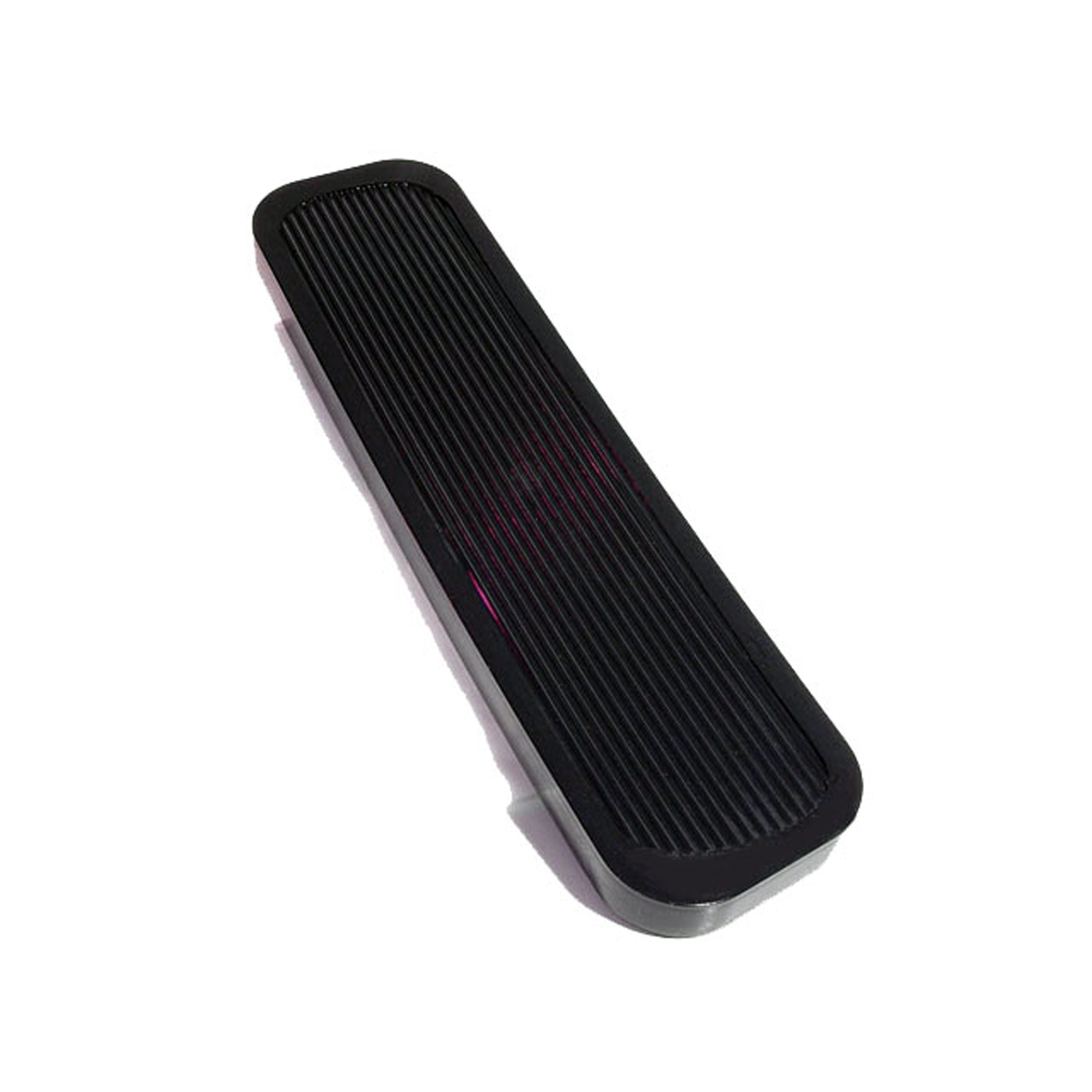 1930 Auburn Model 125 Accelerator Pedal Pad, 2-3/8" X 9-1/4", Each-AP 24Accelerator Pedal Pad, 2-3/8" X 9-1/4", Each
1930 Auburn Model 125 Accelerator Pedal Pad, 2-3/8" X 9-1/4", Each-AP 24Accelerator Pedal Pad, 2-3/8" X 9-1/4", Each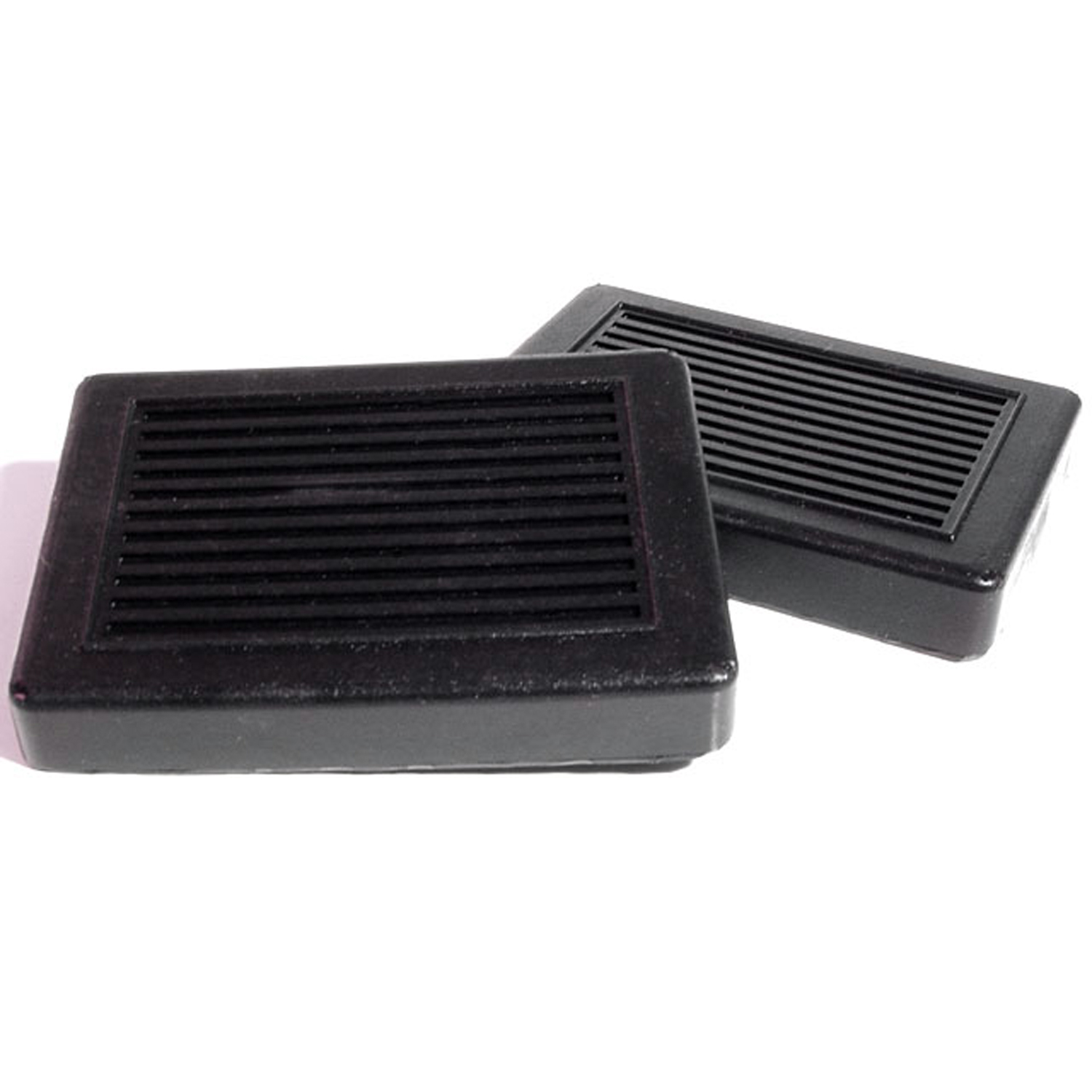 1930 Auburn Model 125 Clutch and Brake Pedal Pads. 3" wide X 3-7/8" long. Pair-CB 21Clutch and Brake Pedal Pads. 3" wide X 3-7/8" long. Pair
1930 Auburn Model 125 Clutch and Brake Pedal Pads. 3" wide X 3-7/8" long. Pair-CB 21Clutch and Brake Pedal Pads. 3" wide X 3-7/8" long. Pair 1930 Auburn Model 125 Hood Corners. Made of all rubber. No cut-away on back side-HC 27Hood Corners. Made of all rubber. No cut-away on back side. 7/8" X 1-1/4". Pair
1930 Auburn Model 125 Hood Corners. Made of all rubber. No cut-away on back side-HC 27Hood Corners. Made of all rubber. No cut-away on back side. 7/8" X 1-1/4". Pair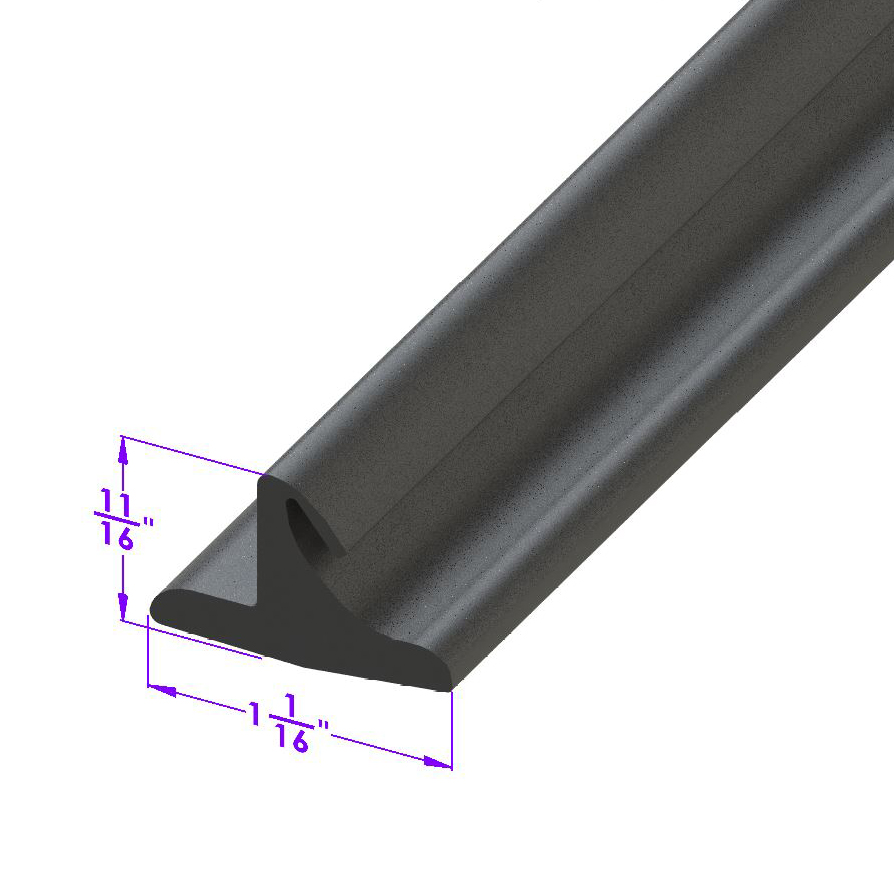 1930 Auburn Model 125 Side Window Seal. Sold by the foot-LP 95-FSide Window Seal. Sold by the foot
1930 Auburn Model 125 Side Window Seal. Sold by the foot-LP 95-FSide Window Seal. Sold by the foot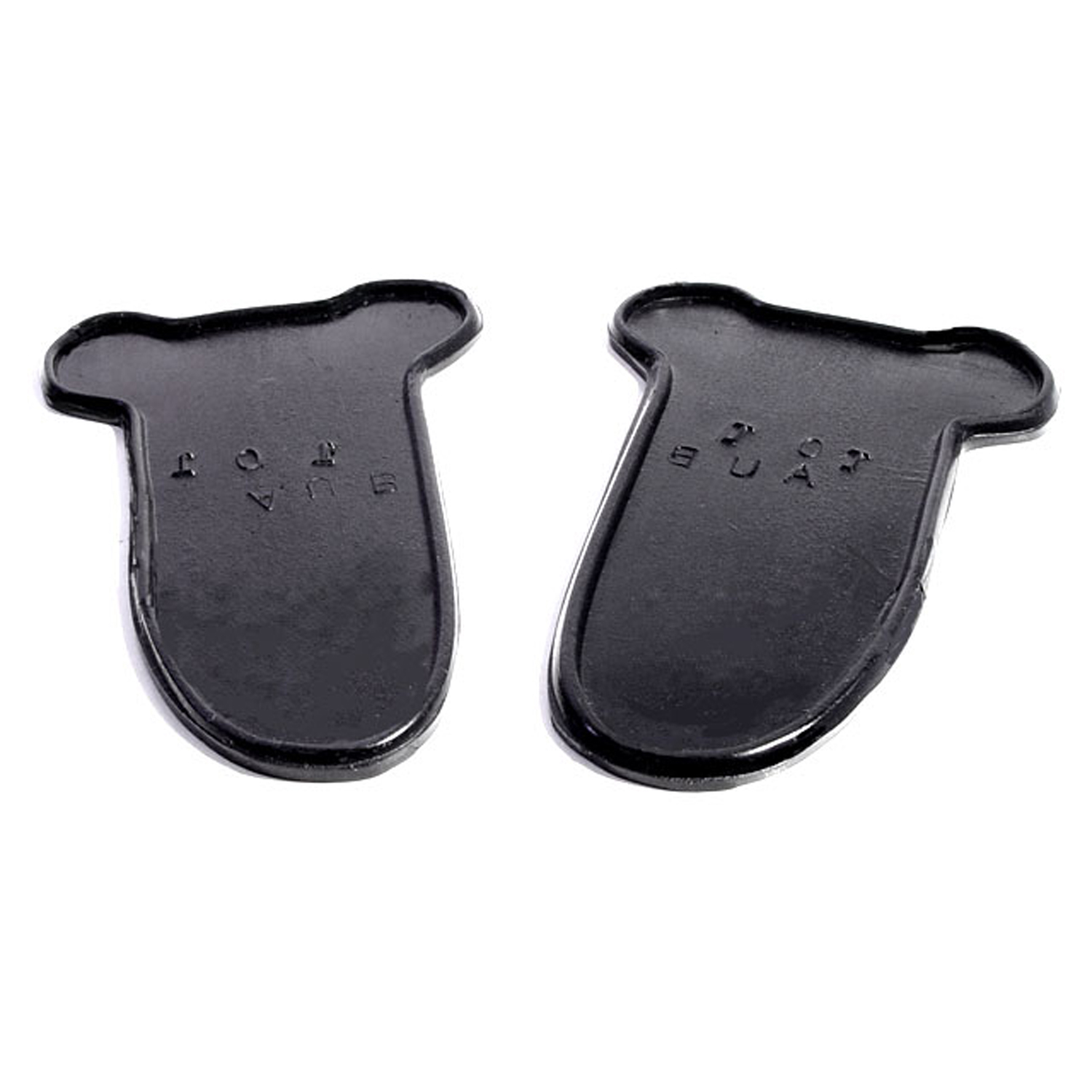 1930 Auburn Model 125 Headlight Bracket Pads. 3" wide X 4-7/8" long. Pair R&L-MP 101Headlight Bracket Pads. 3" wide X 4-7/8" long. Pair R&L
1930 Auburn Model 125 Headlight Bracket Pads. 3" wide X 4-7/8" long. Pair R&L-MP 101Headlight Bracket Pads. 3" wide X 4-7/8" long. Pair R&L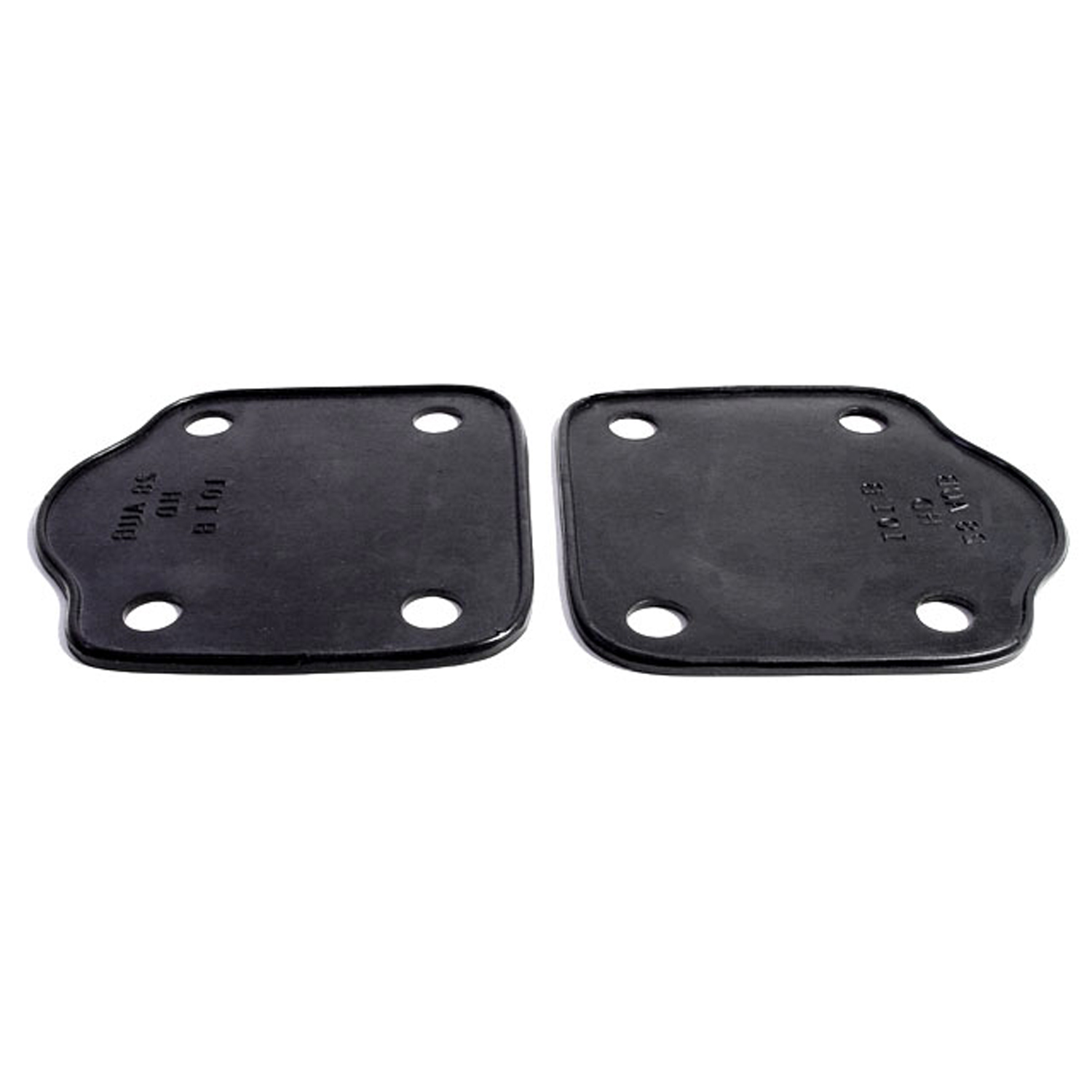 1930 Auburn Model 125 Headlight Pads. 4-5/8" wide X 4-5/8" long. Pair-MP 101-BHeadlight Pads. 4-5/8" wide X 4-5/8" long. Pair
1930 Auburn Model 125 Headlight Pads. 4-5/8" wide X 4-5/8" long. Pair-MP 101-BHeadlight Pads. 4-5/8" wide X 4-5/8" long. Pair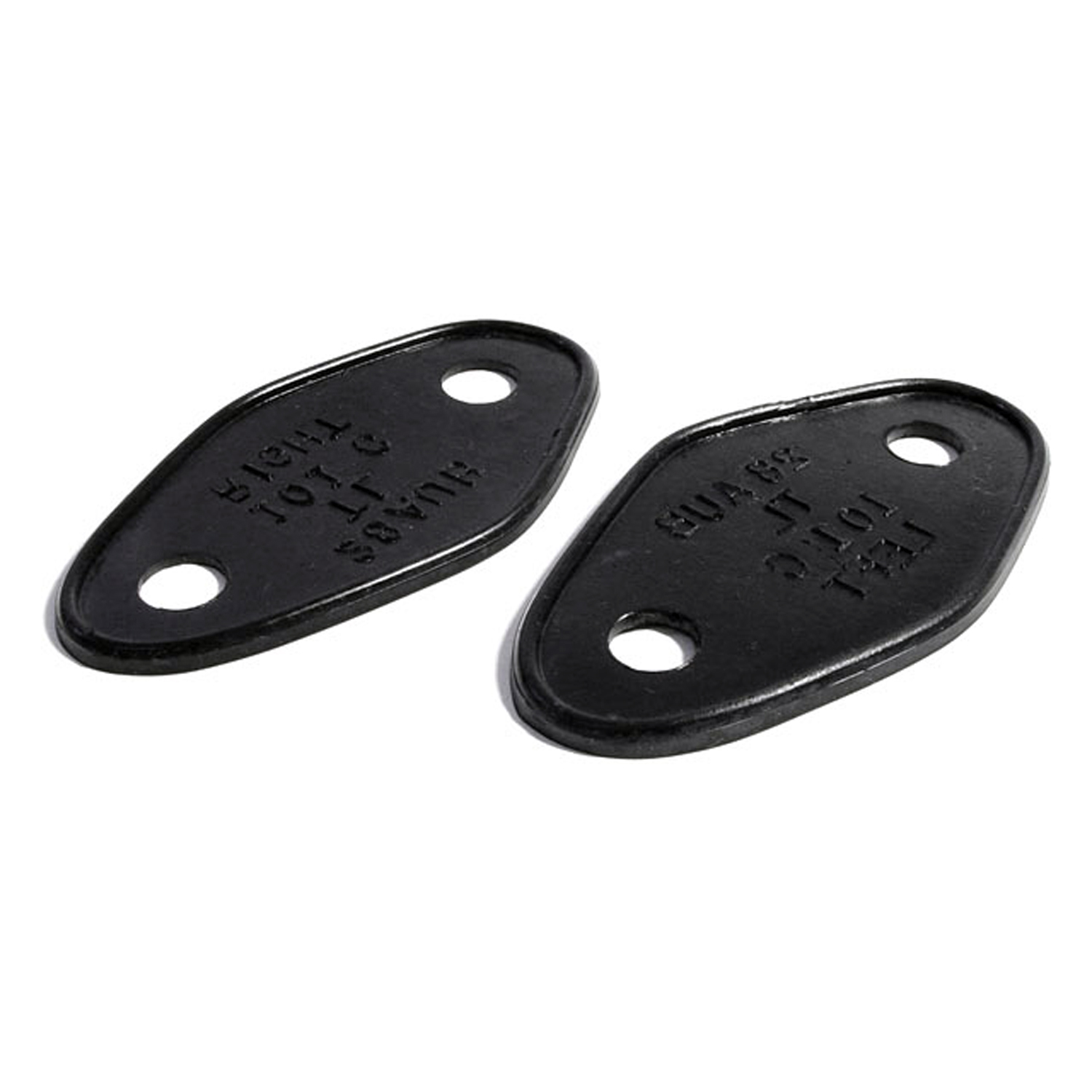 1930 Auburn Model 125 Tail-light Pads. 2-1/8" wide X 3-3/4" long. Pair R&L-MP 101-CTail-light Pads. 2-1/8" wide X 3-3/4" long. Pair R&L
1930 Auburn Model 125 Tail-light Pads. 2-1/8" wide X 3-3/4" long. Pair R&L-MP 101-CTail-light Pads. 2-1/8" wide X 3-3/4" long. Pair R&L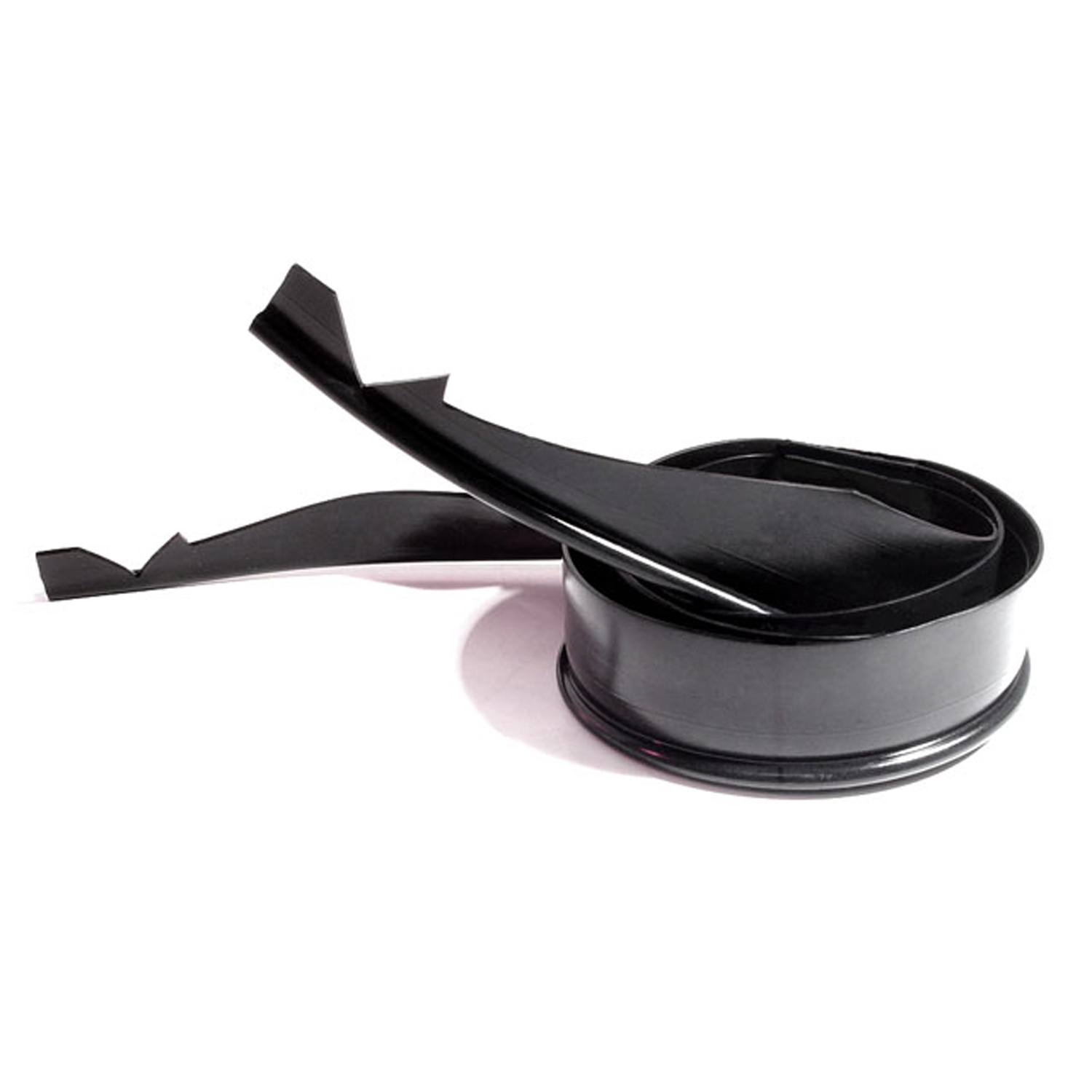 1930 Auburn Model 125 Windshield Base Pad. 1-1/2" wide X 4'3-1/8" long. Each-MP 101-DWindshield Base Pad. 1-1/2" wide X 4'3-1/8" long. Each
1930 Auburn Model 125 Windshield Base Pad. 1-1/2" wide X 4'3-1/8" long. Each-MP 101-DWindshield Base Pad. 1-1/2" wide X 4'3-1/8" long. EachWhy Choose Metro?
For over 100 years, Metro Moulded Parts has been the pinnacle of quality in classic car restoration parts. Our commitment to precision and authenticity in every component ensures a perfect fit and an OEM-level appearance.
- Expert Craftsmanship & Quality: Each part is a testament to our dedication to reliability and perfection, crafted from original designs and thoroughly tested.
- Advanced Technology: We use cutting-edge techniques to create flawless, long-lasting parts that surpass others in performance.
- SuperSoft Sponge – The Ultimate Door Seal: Not only are our door seals 30% softer than competitors', but they're also guaranteed to never leak. They effectively reduce wind and road noise, enhancing your classic car's comfort and driving experience.
- Proudly American: Our parts are a product of American craftsmanship, made in the USA with a spirit of excellence and heritage.
- Unrivaled Warranty: We back our products with a 30-year industry-leading warranty, a testament to our confidence in their quality.
Join us in preserving the legacy of classic cars with parts that are crafted for perfection, not just made.

